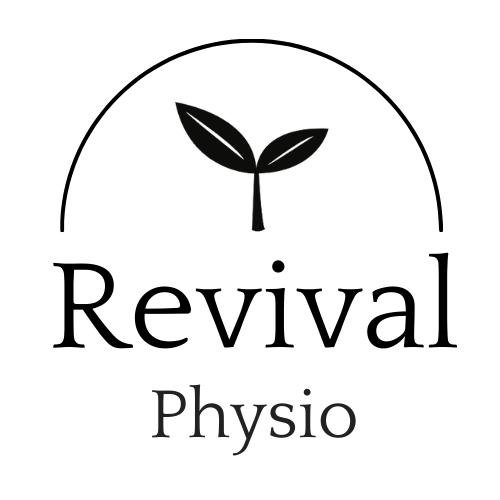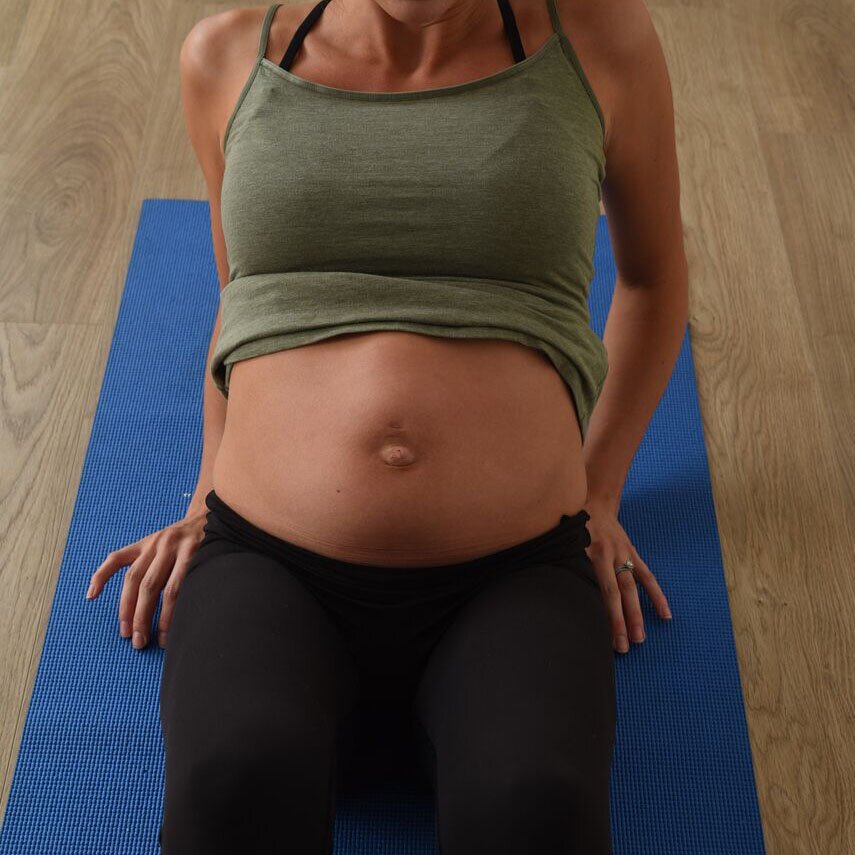
Physiothereapy for Diastasis Recti (Ab Separation)
Understanding Ab Separation (Diastasis Recti): Causes, Symptoms, and Treatments
Diastasis recti is a condition characterized by the separation of the rectus abdominis (6 pack muscles) muscles, often observed during and after pregnancy. This separation occurs as the growing uterus stretches the abdominal wall, leading to alterations in the connective tissue and muscle structure. It can cause a dome or bulge to form in the middle of the abs when you engage it.
Physiotherapy plays a crucial role in the management and rehabilitation of diastasis recti. A physiotherapist can assess the severity of the condition, educate patients about proper body mechanics, and develop an individualized exercise program aimed at restoring core strength and stability.
Key components of physiotherapy for diastasis recti include:
Assessment: A physiotherapist at Revival can perform thorough evaluation to determine the degree of separation and any associated symptoms, such as back pain or pelvic instability.
How to self-check for ab separation?
Lie on your back with your knees up and heels on the ground
Place your fingers just above the belly button
Lift your head and shoulders up from the floor and see if you can feel a gap in between your 6 pack muscles
Repeat this for just below the belly button
If you feel a gap that is >1 finger below or above the belly button, you may have ab separation
Education: Patients are taught about the condition, including its causes and the importance of proper posture and movement to avoid exacerbating the issue.
Targeted Exercises: A focus on exercises that strengthen the deep abdominal muscles, such as the transverse abdominis, while avoiding traditional crunches or exercises that may increase intra-abdominal pressure unnecessarily.
Breathing Techniques: Incorporating diaphragmatic breathing can help engage the core muscles effectively and promote better muscle coordination.
Progressive Loading: Gradually increasing the difficulty of exercises as strength improves, ensuring a safe and effective recovery process.
Functional Training: Helping individuals return to their daily activities and, if applicable, any sports or physical exercises, ensuring they do so with a stabilised core.
Engaging in physiotherapy can significantly improve the outcomes for those experiencing diastasis recti, facilitating recovery and promoting overall physical health. Early intervention is beneficial, especially for postpartum individuals, to address concerns and prevent further complications.
What increases risk of ab separation/ diastasis recti?
If you core muscles are too strong – which can create excessive tension in the abdominal region
If you have had more than one pregnancy
Short torso length
Having twins or triplets
If you are >35 years old
What can you do to prevent ab separation/ diastasis recti during the second half of your pregnancy?
Getting on and off the bed from your side
Avoiding lifting weights above your head
Avoid curl-ups, v-sits, front planks, bicycles – basically any core exercises that overly engage your 6 pack or oblique muscles!
A pregnancy specific deep core strengthening program (as long as you do not have tension in the pelvic floor aka muscles down there)
What to do in the first 6 weeks postpartum if you suspect you have ab separation
Get on and off the bed from your side
Buy an ab wrap that is NOT a waist trainer, rather has a LIFTING effect on the pelvic and lower abdominal area, especially if you had a vaginal birth. One should not feel increased symptoms of leaking or pressure down there when wearing the wrap.
Do not lift heavier than your baby
When you lift anything, exhale out of the mouth as you imagine you are pulling your belly button towards your spine. This will engage your deep core muscles which will reduce stress on your ab separation.
Do gentle deep core exercises with diaphragmatic breathing 1 week postpartum – inhale open the belly, exhale imagine you are blowing out of a straw and pull your belly button towards your spine. Do this 30 times a day.
Ab separation can go away by itself for some individuals within the first 6 weeks postpartum. Up to one third of women postpartum will report still having abdominal separation a year after giving birth.
After 6 weeks Postpartum:
It is recommended at 6 weeks postpartum, you seek the guidance of a pelvic floor physiotherapist to provide you with individualized deep core exercises to treat the ab separation.
Doing core exercises that are too hard for your deep core can make ab separation worse. Furthermore, if you have any pelvic floor tension issues, core exercises can increase tension down there!
Key take-aways:
Diastasis recti or ab separation is when your 6 pack muscles separate in the middle from being stretched during your pregnancy or postpartum
There is a way to self-check for ab separation, however it is recommend you seek the guidance of a pelvic floor physiotherapist 6 weeks postpartum
You want to make sure you do not have tension in the pelvic floor aka muscles down there before you start on any corrective loading exercises for your ab separation, as deep core exercises also tend to engage your pelvic floor and can make tension issues worse
A gentle deep core exercise that can help with ab separation 1 week postpartum involves using diaphragmatic breath, on the inhale opening the belly and on the exhale imagine you are blowing out through a straw while drawing your belly button towards your spine. Do this 30 times a day.
Get started in treating your ab separation by booking an Initial General Physio or Initial Pelvic Floor Physio Assessment (includes an internal exam) with one of our pelvic floor physiotherapists at Revival Physio today:



